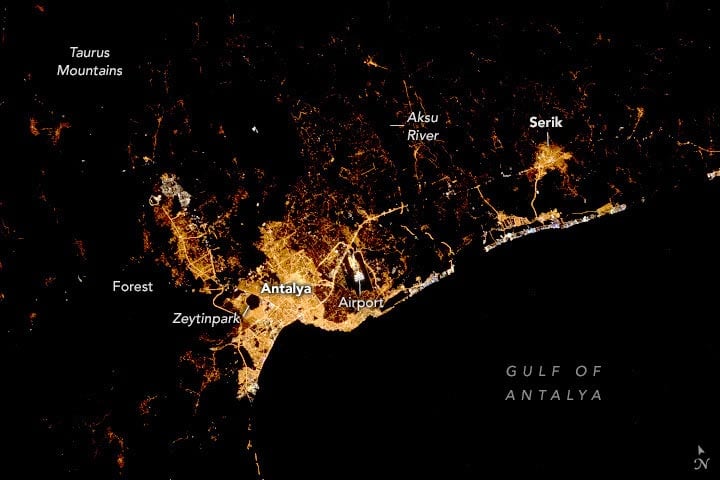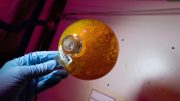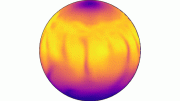
This nighttime photograph of Antalya, Türkiye, captured by an astronaut aboard the International Space Station on September 17, 2022, showcases its urban structures, natural landscapes, and vibrant coastal lights.
Urban infrastructure and natural areas stand in sharp contrast at night on the Mediterranean coast.
An astronaut aboard the International Space Station took this mesmerizing nighttime photograph of the coastal Mediterranean city of Antalya, Türkiye. Nighttime photographs taken by astronauts are a source of high-resolution and freely available imagery of Earth at night, and the images are often used for research on light pollution and urbanization. The photographs can delineate fine details of cities, such as street layouts, suburban areas, and areas without lights.
Turkey adopted its official name, Türkiye Cumhuriyeti, known in US English as the Republic of Turkey or more commonly as simply Turkey, upon the declaration of the republic on October 29, 1923. In 2021, via the UN, Turkey changed its spelling to Türkiye.
Located on the southern coast of Türkiye, Antalya is the largest city in this view. The image contrasts brightly lit urban infrastructure against unilluminated parks and natural areas, such as the pentagonal Zeytinpark and surrounding mountain forests. Human-made structures identifiable by lighting patterns include an airport, highways, roads, and shipping ports.
The Taurus Mountains border Antalya to the north and northwest, recognizable in this image as extensive dark areas with small settlements speckled throughout. Agriculture along the Aksu River accounts for the dark space between Antalya and Serik. The Aksu River flows out of the Taurus Mountains, providing water to the community and for irrigating horticulture crops, including tomatoes, peppers, and cucumbers.
Bright lights in white, blue-green, and purple hues line the coast between Antalya and Serik. These lights are associated with popular tourist locations like resorts and beaches. White and blue hues often contrast with yellow tones in older cities as bright LED (light-emitting diode) lights replace warm-hued, high-pressure sodium lighting. Astronaut photography has been used to track spectral changes to city lights for various studies on environmental impacts and human-related changes across the globe.
Astronaut photograph ISS067-E-372979 was acquired on September 17, 2022, with a Nikon D5 digital camera using a focal length of 180 millimeters. It is provided by the ISS Crew Earth Observations Facility and the Earth Science and Remote Sensing Unit, Johnson Space Center. The image was taken by a member of the Expedition 67 crew. The image has been cropped and enhanced to improve contrast, and lens artifacts have been removed. The International Space Station Program supports the laboratory as part of the ISS National Lab to help astronauts take pictures of Earth that will be of the greatest value to scientists and the public, and to make those images freely available on the Internet. Caption by Sara Schmidt, GeoControl Systems, JETS Contract at NASA-JSC.









Be the first to comment on "Astronaut’s Nighttime Odyssey: A Spectacular View of Antalya, Türkiye"